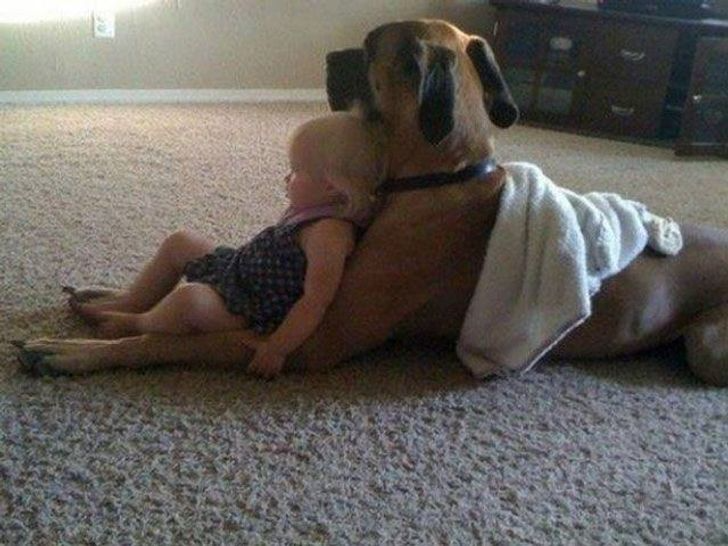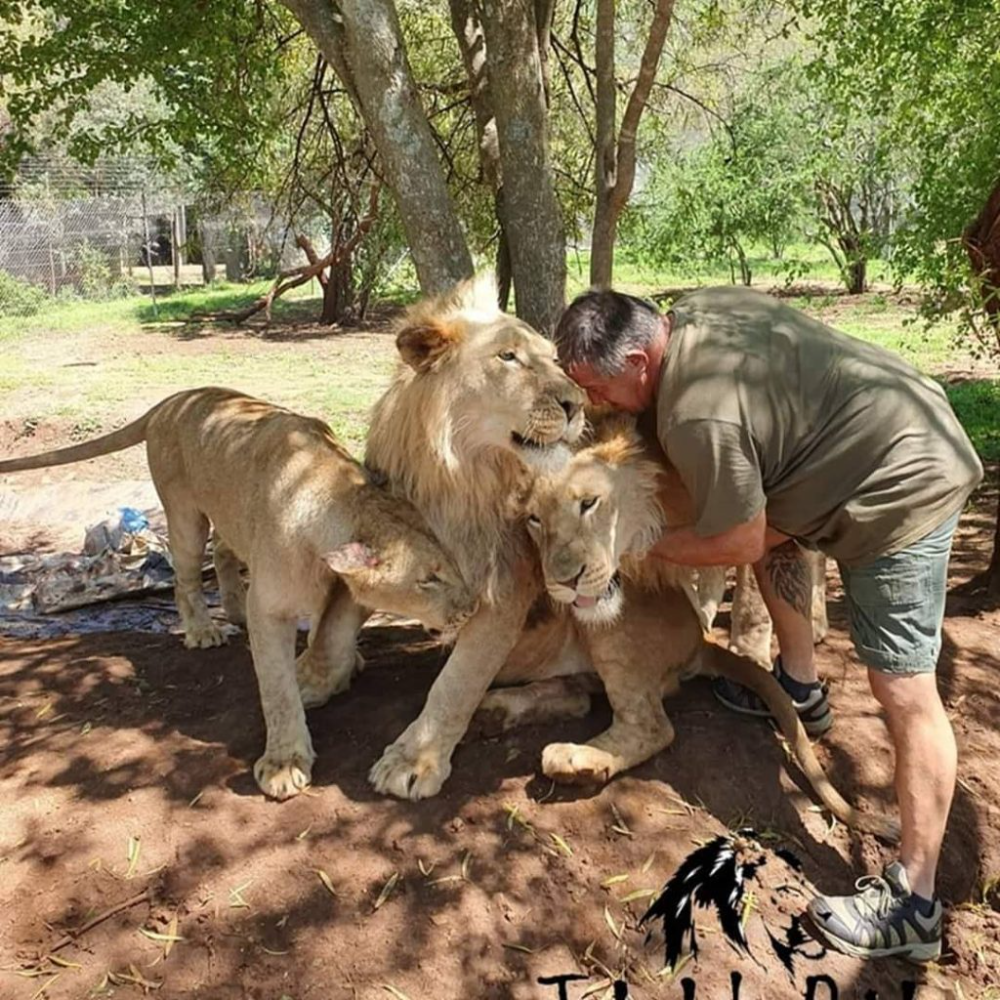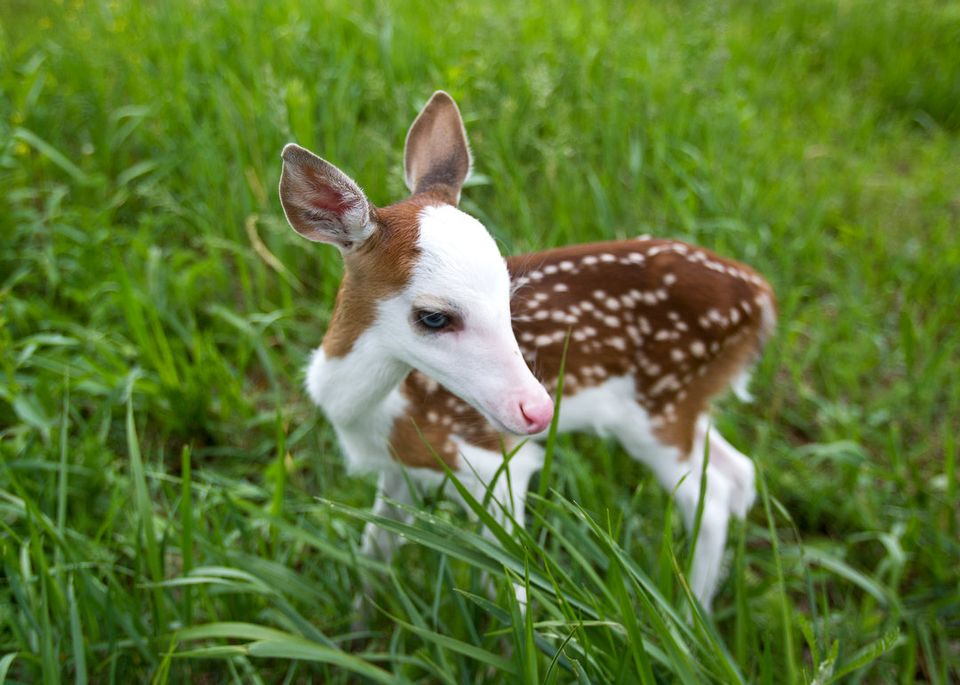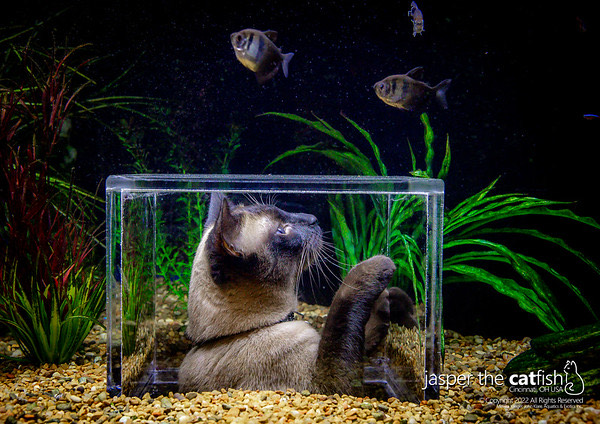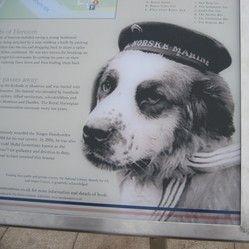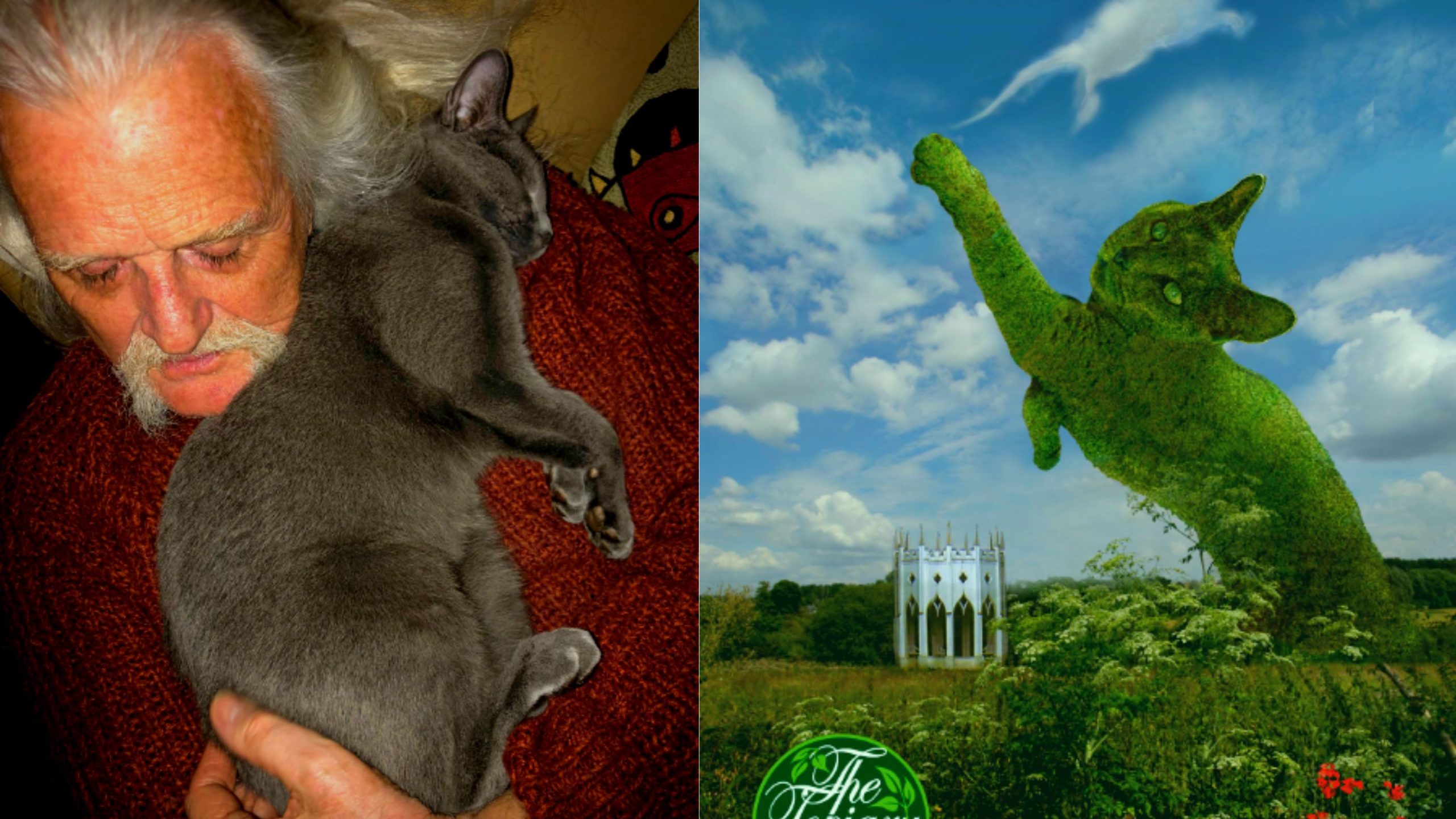When a deadly epidemic struck the remote town of Nome in the winter of 1925, a group of mushers and sled dogs risked their lives to save the town, with Balto standing out.
In 1925, the town of Nome was hit by a diphtheria outbreak, a deadly and contagious disease. The only antidote was hundreds of miles away in Anchorage, and the only way to get it was by sled due to bad weather and an abundance of snow.
We are now familiar with this hero Alaskan sled dog who, in 1923, saved the people of Nome, Alaska, from a deadly diphtheria outbreak, thanks in part to the 1995 animated film Balto. Balto’s true story is equally thrilling.

We have here a clever and determined dog, faithful and loyal to his musher, who braved harsh conditions to accomplish the impossible. In his honor, there is now a statue of the heroic dog in New York’s Central Park, as well as an annual dog sled race that has grown to be the most popular event of its kind. Here is the true story of Balto, Alaska’s hero dog.
Diphtheria was a major cause of death in America at the time, particularly among children. In 1921 alone, the respiratory disease killed over 15,000 Americans.
The isolated town of Nome had no way of treating the illness, and travel had been made nearly impossible by the harsh winter.
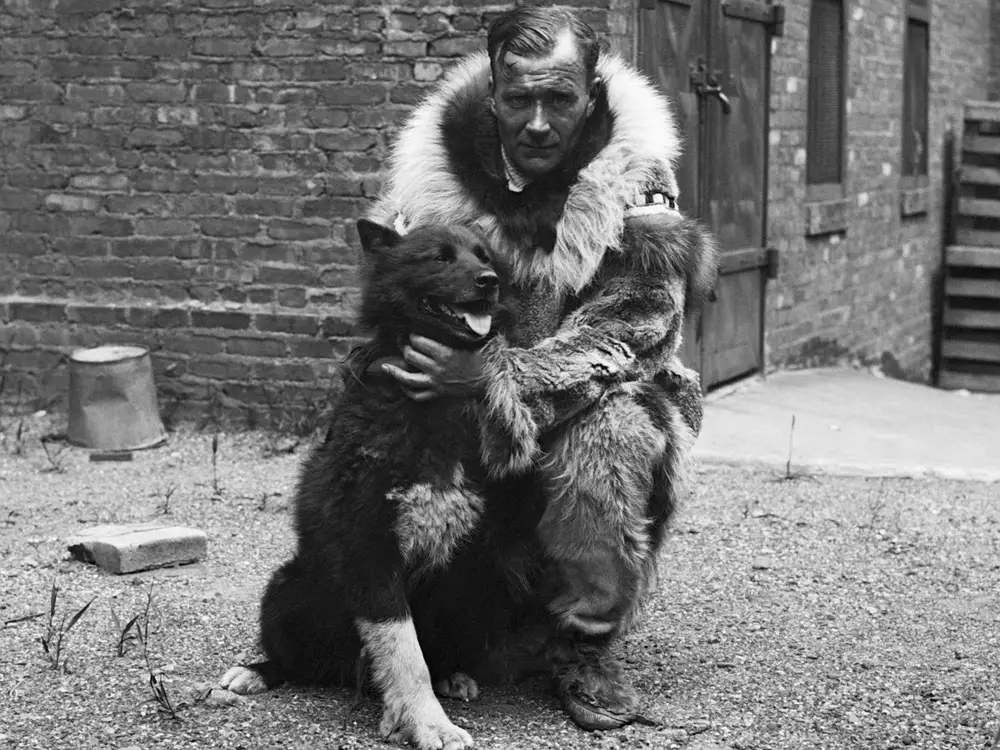
Bettmann/Getty Images
Nenana, the nearest town with a train station to Nome, was nearly 700 miles away. While traveling between the two towns by dog sled was possible, the average trip took a month. It would be too late by then to deliver the life-saving serum that the town desperately required.
The only way to save Nome was to run a relay race against the clock. It featured 20 mushers guiding 150 sled dogs through gale-force winds, whiteout conditions, and cracking ice. The mushers divided the journey into sections, reducing the weeks-long journey to just over five days.
A dog named Balto led the final leg of the journey — now known as the Great Race of Mercy or the Nome Serum Run of 1925 — and emerged as a hero.
In 1925, there was a diphtheria epidemic.
The town of Nome experienced a diphtheria outbreak in 1925. The illness is a dangerous bacterial disease that can cause heart damage, paralysis, and death in young children. There were no diphtheria vaccines in the town when the epidemic struck. Urgent telegrams were sent out in an attempt to locate the desperately needed medicine.
The nearest batch of vaccines was 537 miles away in Anchorage. The harsh winter winds and subzero temperatures prevented boats and planes from departing for Anchorage. People in Anchorage offered to transport the injections to Nenana, which was 483 miles away from Nome.
Inside the 1925 Nome Serum Run
Balto was a Siberian Husky who was bred by a Norwegian-born musher named Leonhard Seppala and was born around 1919 in Nome, Alaska. Balto never stood out from the crowd in his early years. His surprising skill and resilience, however, would come in handy during the 1925 “Alaska Black Death.”
The outbreak couldn’t have come at a worse time. It was the dead of winter, and only teams of sled dogs could get to town via the 674-mile Iditarod Trail. Although this route was frequently used to deliver mail from Anchorage, Nome residents were now in desperate need of medication.
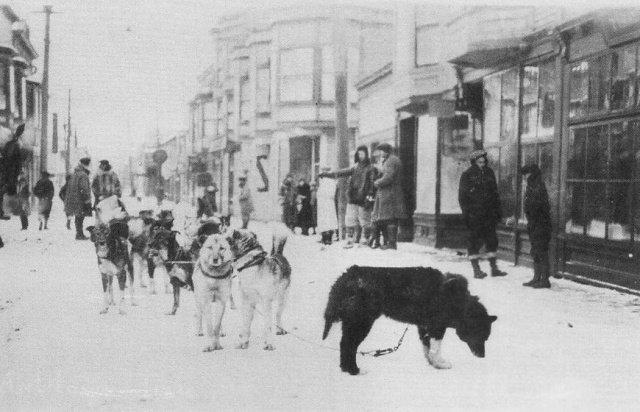
To save time, a group of mushers pooled their resources and devised an ingenious plan. They could bring the diphtheria antitoxin to Nome in a fraction of the time if they divided the journey into several segments. Faced with an impending blizzard and temperatures as low as -50 degrees Fahrenheit, the team prepared to take off on January 27, 1925.
About 300,000 doses of antitoxin had arrived in Nenana by train that day from Anchorage. The cargo had been wrapped in vials and protected by padded quilts before being placed inside a metallic cylinder to ensure its safety. “Wild Bill” Shannon, the first musher, set out with his team of dogs with no time to spare.

Shannon, sadly, lost two of his dogs and developed a frostbitten nose. Nonetheless, he made it to the next trail stop and handed the serum to the next musher in line. The medication would be passed around several times more before reaching Seppala’s hands.
Seppala was in charge of the most difficult part of the journey. He’d already traveled 170 miles to get the serum and would then travel 91 miles with it to the next musher. Seppala confidently set out with the medication on January 31, 1925, with a resilient 12-year-old sled dog named Togo leading the pack — and Balto would soon take over.
Balto the Dog’s Heroic Journey
Seppala’s team was bravely led by Togo across frozen pack ice and Little McKinley Mountain. They didn’t stop until they arrived at musher Charlie Olson’s house. He later gave the serum to Gunnar Kaasen, who finished the final 54 miles with the inexperienced “scrub dog” Balto as his frontrunner.
The black and white Siberian Husky was indistinguishable from the other dogs he grew up with before the serum run, which was now within spitting distance of completion. But completing the final leg of this life-saving relay race would instantly elevate Balto to international stardom.
Follow us on Pinterest and Tumbler
There’s no doubt that the adversity that Balto endured helped propel him to fame. Temperatures at the end of the journey hovered around -40 degrees Fahrenheit, and strong winds sloshed snow in all directions. Kaasen couldn’t even see through the whiteout conditions at one point. Nonetheless, Balto persisted and never gave up.
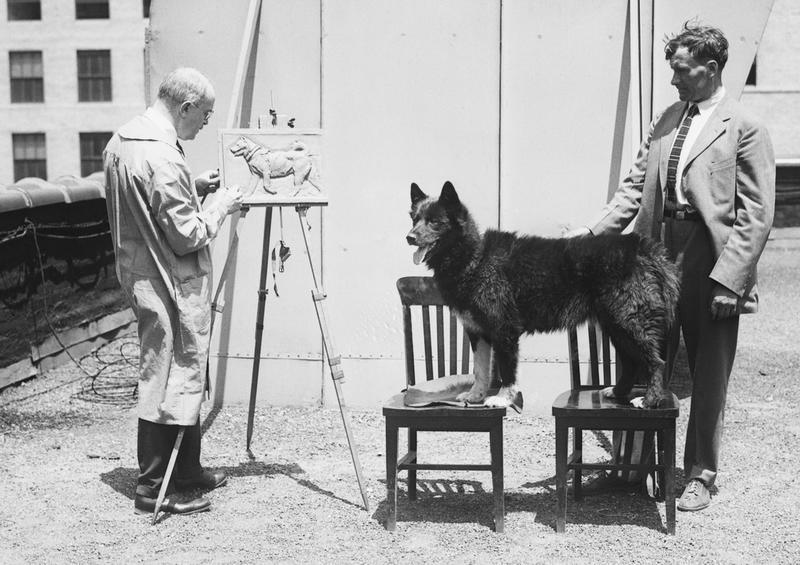
On February 2, 1925, Kaasen and his sled dog pack arrived in Nome with the life-saving serum that everyone had been hoping for. It was the final passing of the torch, just over five days after the team of mushers had first sprung into action, to the local physician, Dr. Curtis Welch. “Damn fine dog,” Kaasen said as he lay down.
While Balto and Kaasen only traveled for a short distance, the brave canine had led the way and never deviated from the path. With his furry face arriving first in the worried town, Nome residents and the rest of the world immediately began to celebrate his heroism.
Balto’s Legacies

Balto became a household name across the United States. On December 17, 1925, just 10 months after the serum run, he was honored with a statue in Central Park in New York City. The monument, sculpted by Frederick George Richard Roth, still stands near the East Drive at 67th Street, with the inscription:
“Dedicated to the indomitable spirit of the sled dogs who relayed antitoxin 600 miles over rough ice, treacherous waters, and through Arctic blizzards from Nenana to the relief of stricken Nome in the winter of 1925.”
However, not everyone was moved by the monument. Seppala was irritated that Balto became famous because of Togo. Togo, he felt, had had a far more difficult journey than Balto, and he once wrote:
“I hope I’m never the man who takes credit away from any dog or driver who participated in that run.” We all gave it our all. But when the country was enthralled by the serum run driver, I resented the statue to Balto, because if any dog deserved special recognition, it was Togo.”
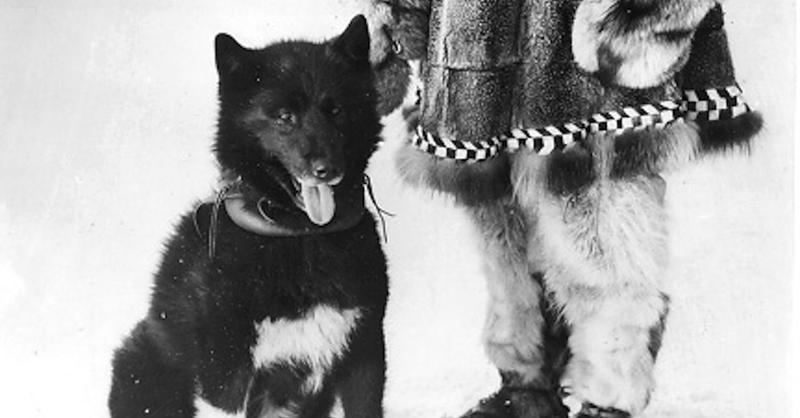
Balto’s legacy is, ultimately, the most celebrated of all the dogs on the run. His New York monument was accompanied by an animated children’s film in 1995 and two subsequent sequels. While kids all over the world cheered on the brave Siberian Husky on TV, the real Balto was long gone.
Balto died at the age of 14 in 1933, and his body was preserved at the Cleveland Museum of Natural History in Ohio. It is still on display there today, so fans can pay their respects to a true underdog.
Read another article : Two Men are Still Living in Japan Nuclear Disaster Zone to Care for People’s Pets.


